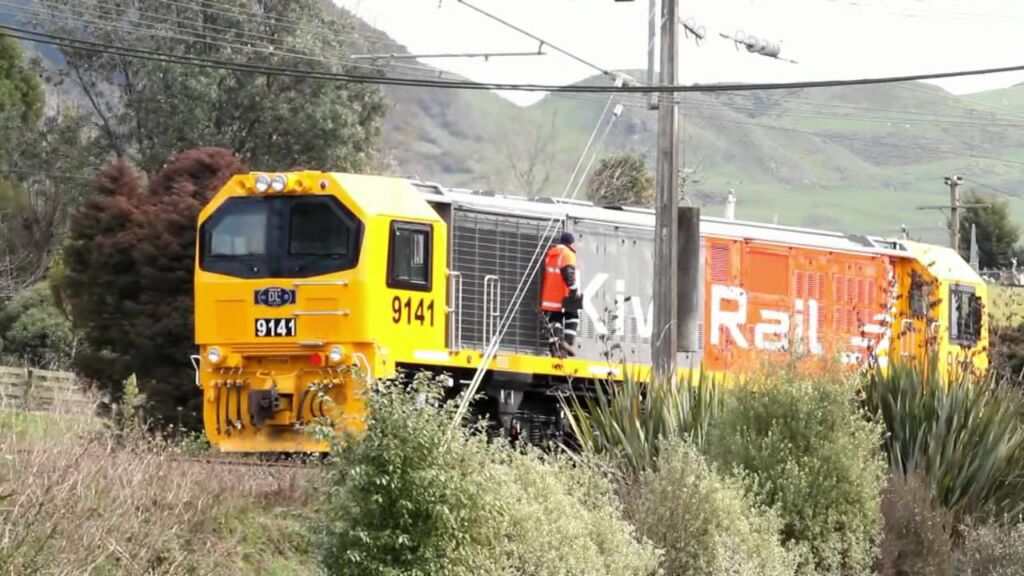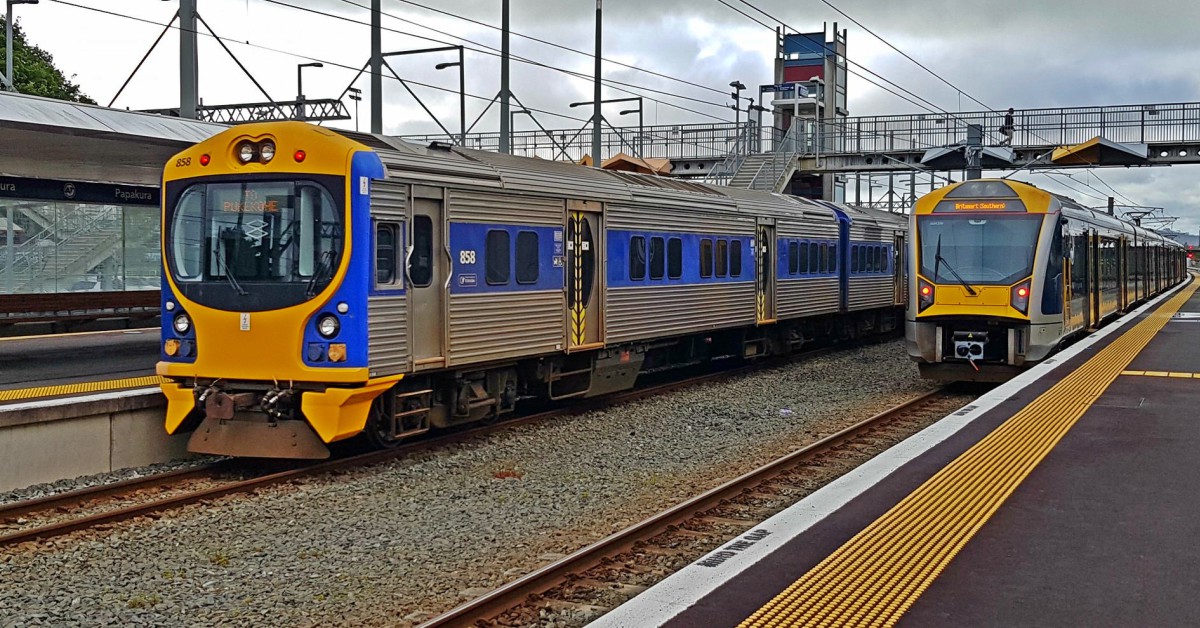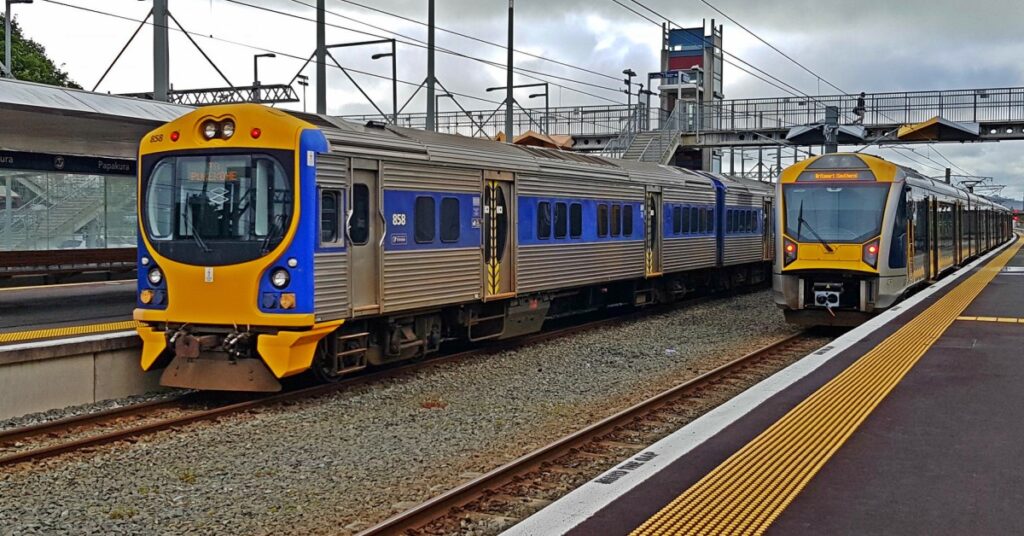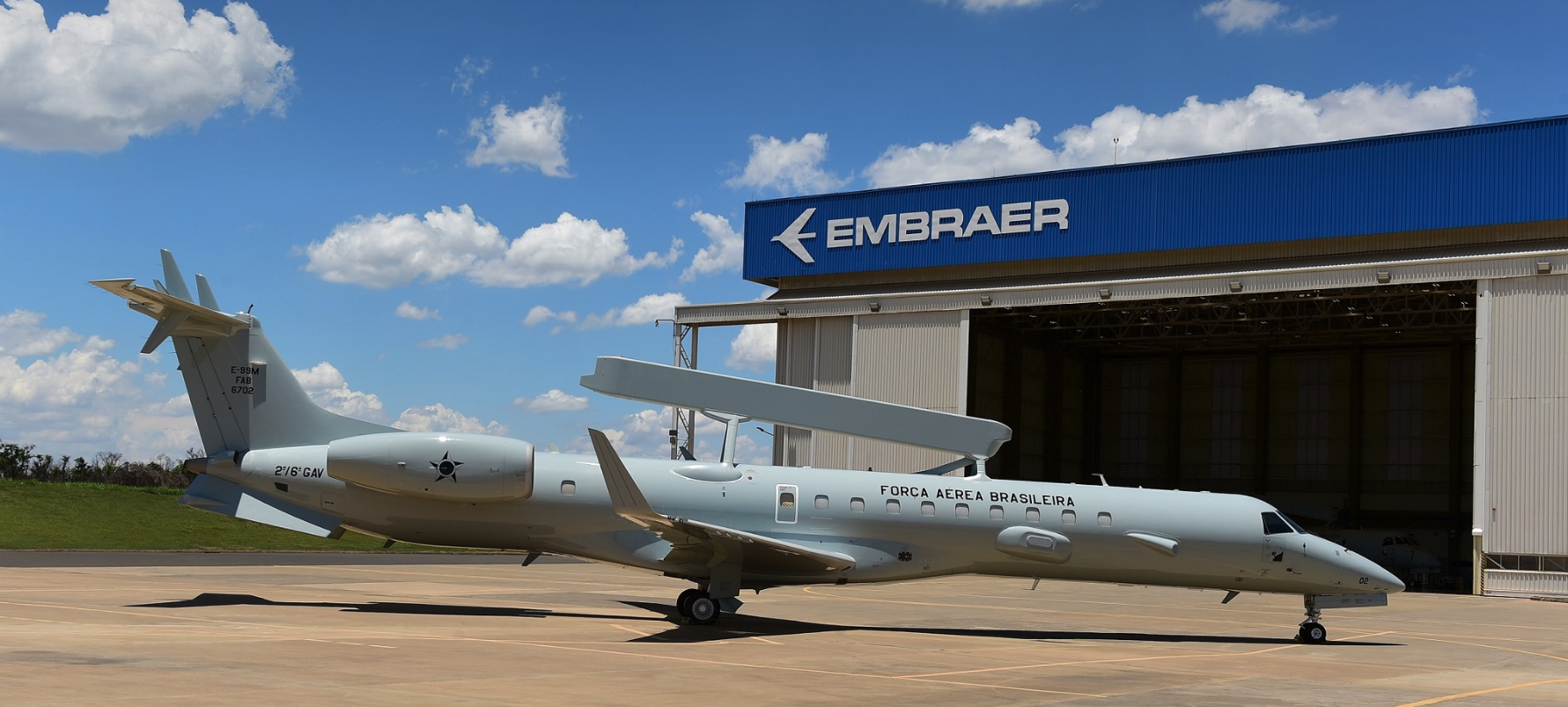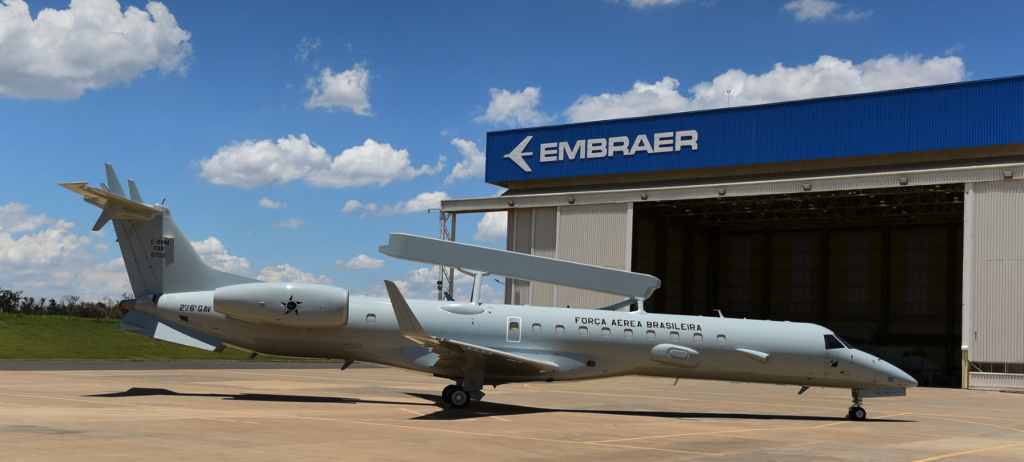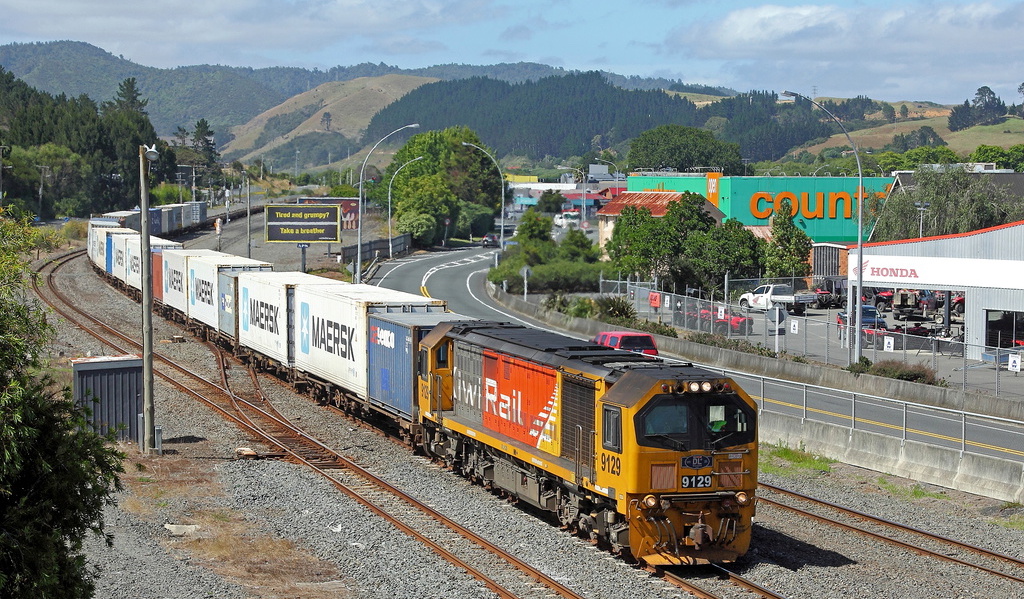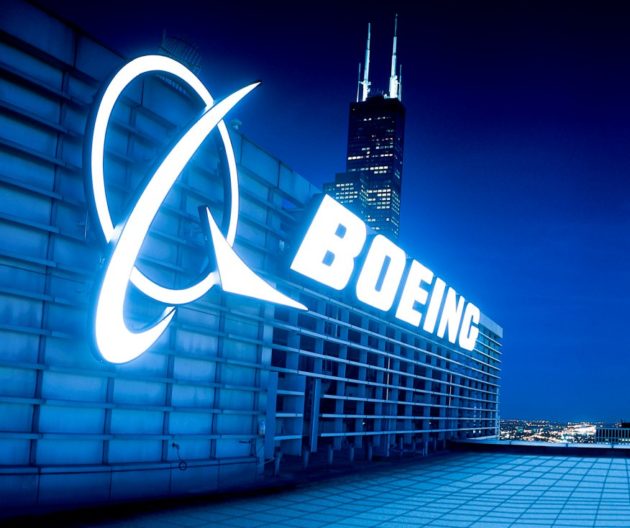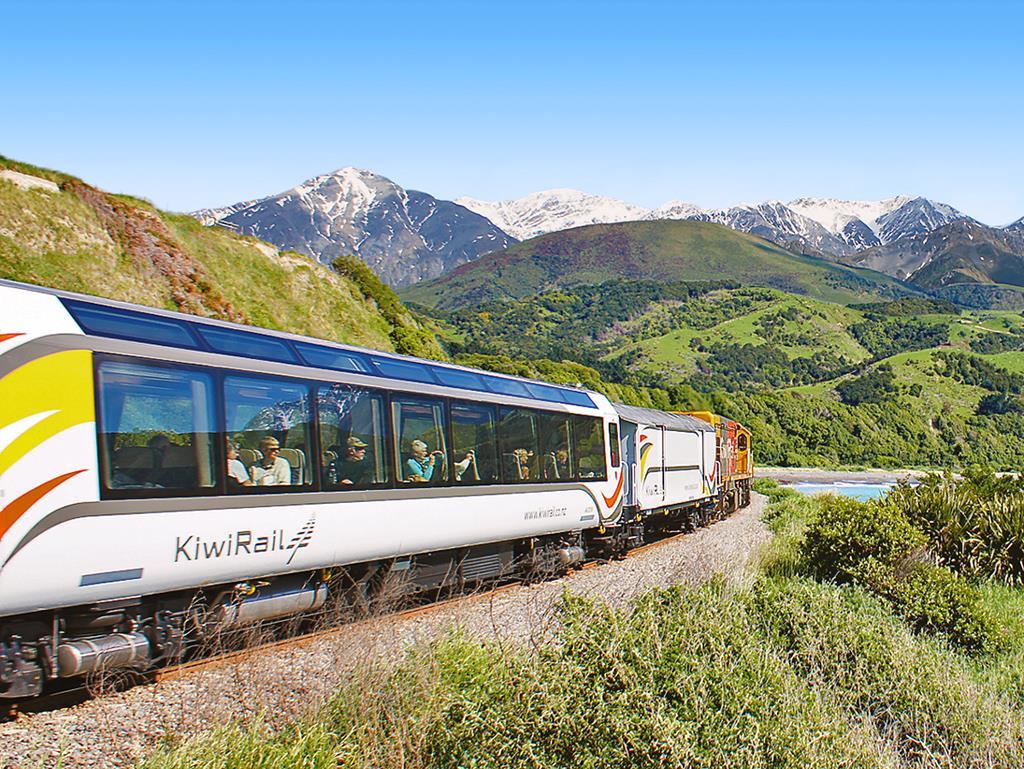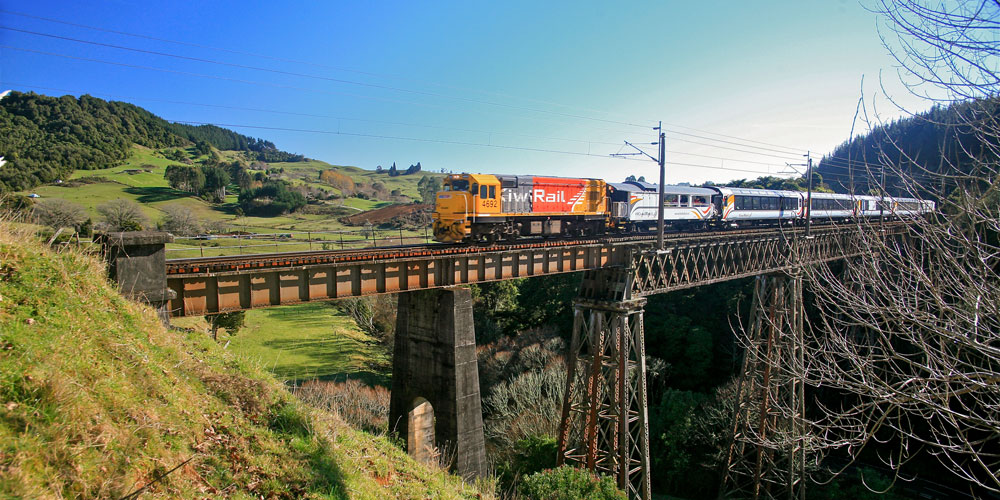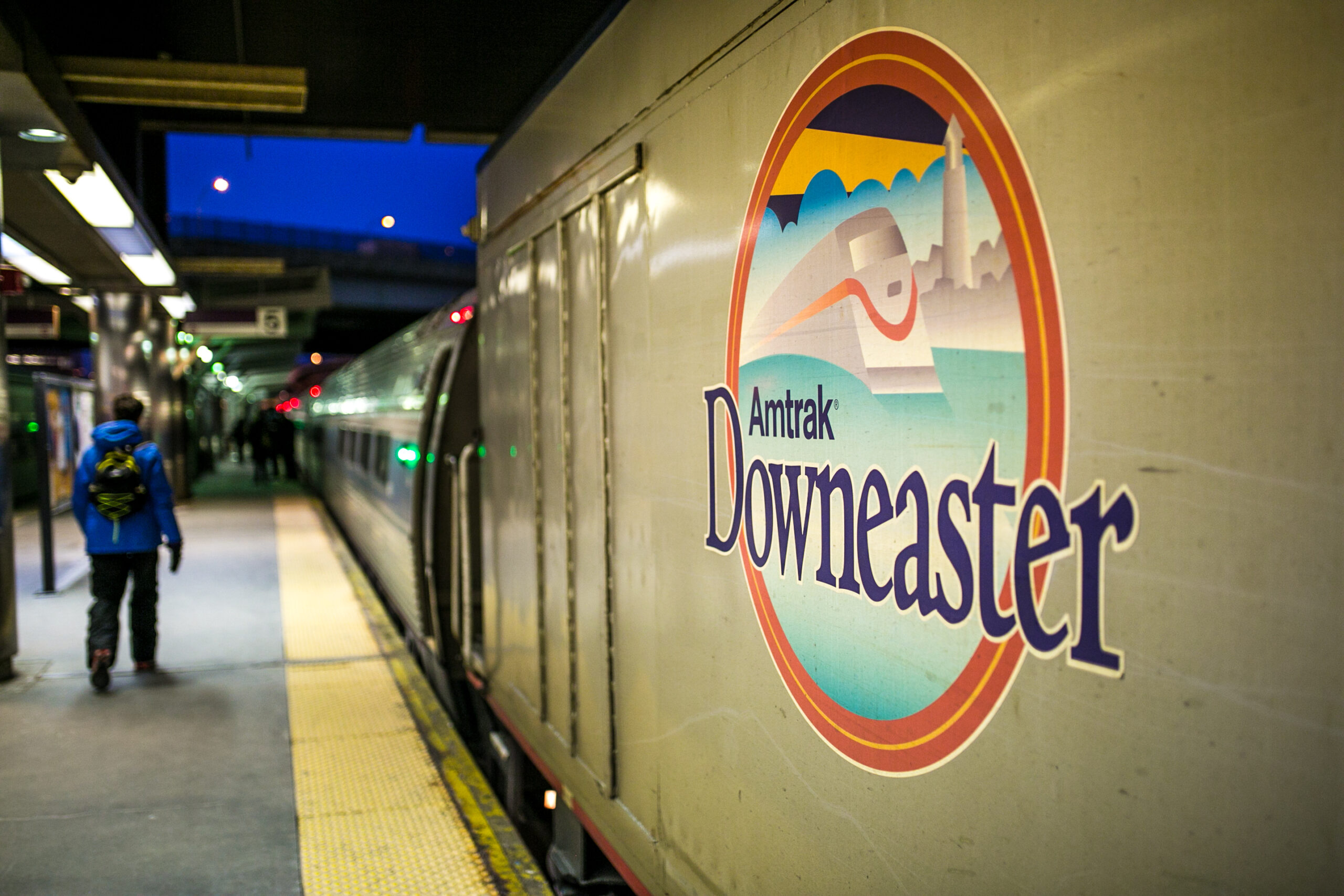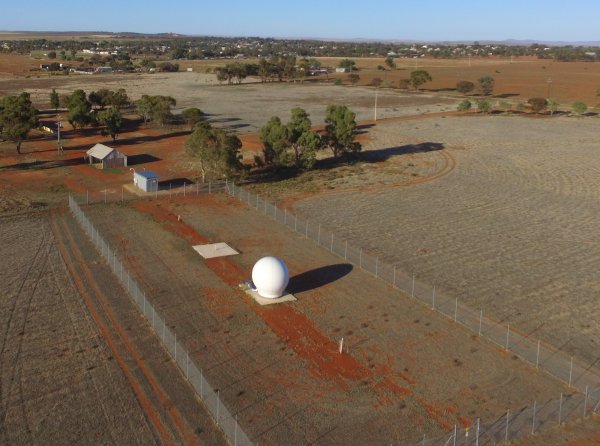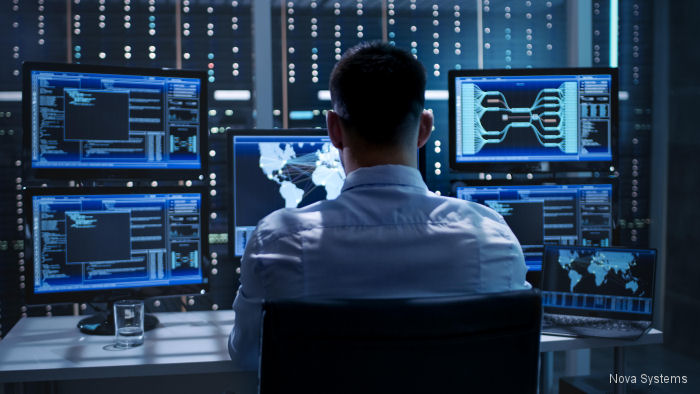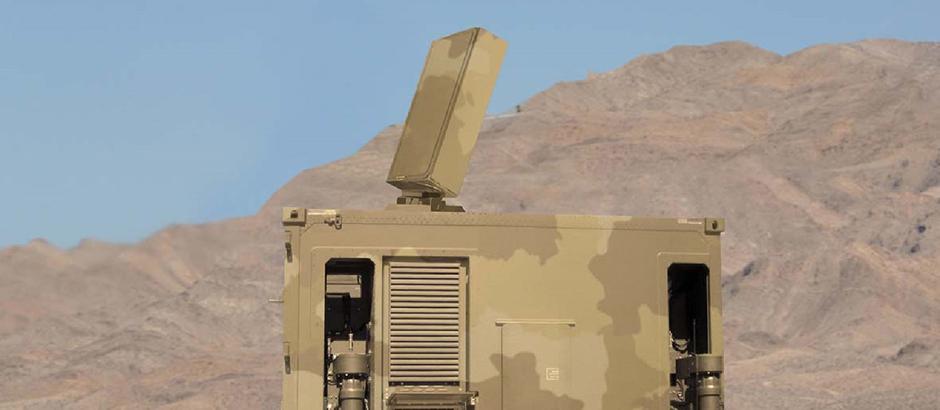The re-opening of the rail line between Whangārei and Swanson in West Auckland is a significant achievement and has immediately boosted KiwiRail’s ability to deliver freight services for New Zealanders.
The track opened last week and today KiwiRail will begin receiving some of the containers unloaded from the ANL vessel Tianjin Bridge which berthed at Northport on Friday. These will be trucked to the rail line in Whangārei and taken to Auckland by train, while the rest of the containers will be moved south by road to their destination.
Fewer trucks on roads also means less congestion, lower road maintenance costs, and greater road safety.
It also means fewer emissions. Every tonne of freight carried by rail produces 70 per cent fewer greenhouse gas emissions than the equivalent freight carried by road.
The project to improve the North Auckland line, which was in a poor state after years of under-investment, began only a year ago. Funded by the Government’s Provincial Growth Fund, the work included replacing five bridges and lowering tracks in 13 tunnels in just seven months, to allow the passage of hi-cube shipping containers in and out of Northland by rail. These hi-cube containers are standard in international shipping.
All the new and rehabilitated structures have clearance through the tunnels for electrification to be added later, which helps to further improve the network’s resilience over time.
More than 400,000 hours went into the construction phase of the project, which marked its completion with the running of a test train last week carrying trial hi-cube export size containers. The train ran successfully along the length of the line, following an early morning blessing in Whangarei and by late last week, freight trains were again running.
KiwiRail does not yet have a spur directly to Northport but the PGF funding has allowed us to begin buying land along the route. In the meantime, freight is trucked from the port to the rail line in Whangārei, then carried by rail, south to Auckland and other destinations.
With freight volumes in the region expected to increase from 18 million tonnes a year currently to 23 million tonnes by 2042, rail is a crucial part of developing an efficient, integrated transport system for Northland. Across New Zealand, KiwiRail is working hard to support importers and exporters, and to increase its share of the freight market.
